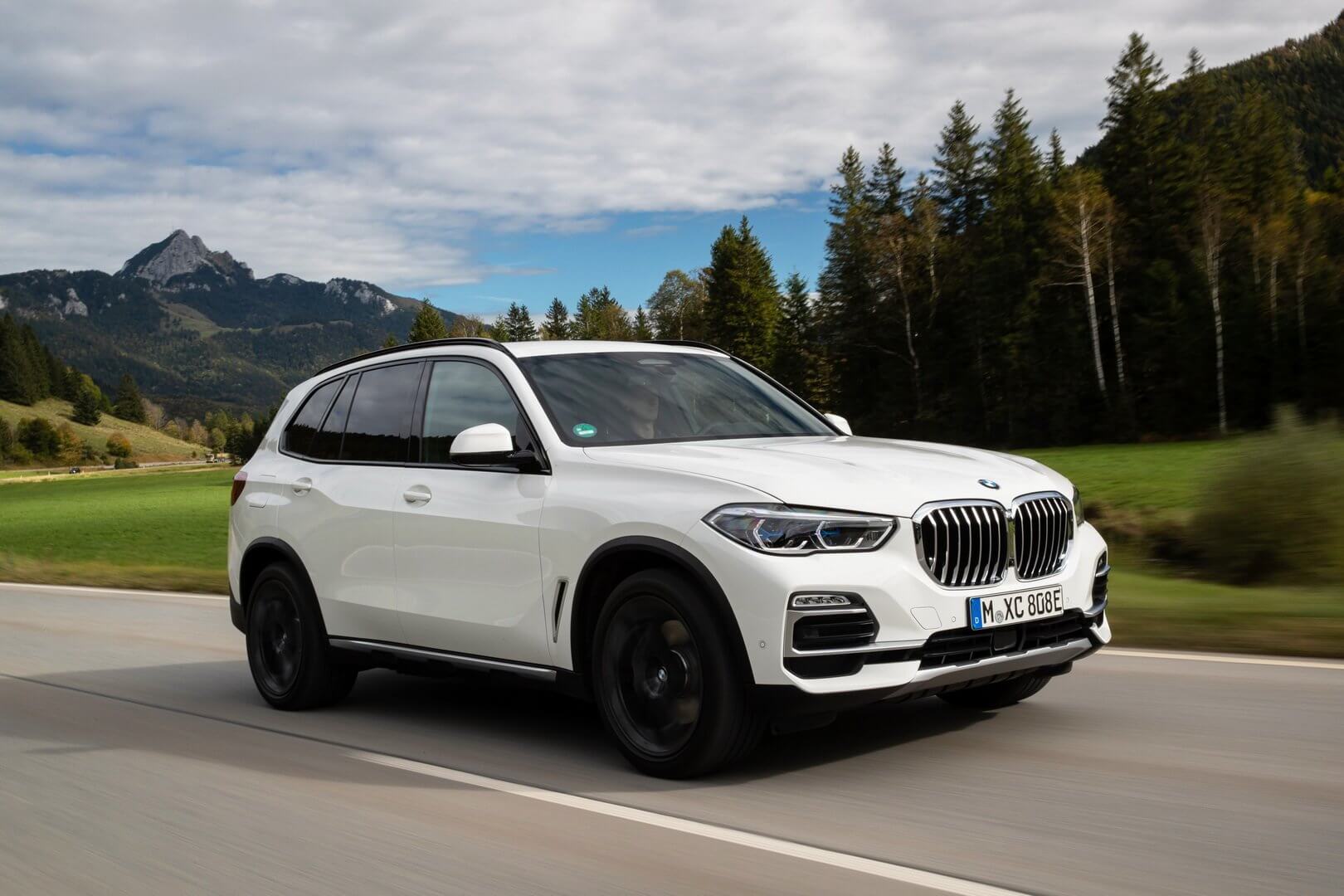Different types of snow tires
Snow tires come in two forms studded and studless types. These tires have metal pins across the tread blocks that tear into snow and ice. These tires are harmful to roads that’s why it is only allowed in winters in most of Canada and the US. They are also banned in some states before buying check it. Studless snow tires are the standard because of its advanced tread design and rubber formation.
Do I need snow tires if I have all-season tires?
All-season tires are not a substitute for winter tires. They are built in a way that you feel comfortable and fuel-economy stay the same in both summer and winter, and they are made up of stiffer rubber compounds whereas winter tires are made of hydrophilic rubber i.e. water-loving. If you drive in snow and ice you need better traction on the road that winter tires give you. There are laws in some states in which the requirement of snow tires is mandatory.
Do I need snow tires if I have off-road tires?
The off-road and all-terrain tires are snow-rate but not the substitute for snow tires. Although they are designed in a way to handle the snow terrain and they can but not in an optimized way. If you drive a lot in icy streets and snow roads than you need snow tires.
Is it okay to buy used snow tires?
If you get the tires off right size with that are lightly use i.e. when you have checked the tread depth using a tire tread depth gauge it has more than 6/32ends of an inch then you can go for them. Make sure you have tested it on different parts of the groove. Also, check then there is no uneven wear on the tires. Only then go for used tires.





